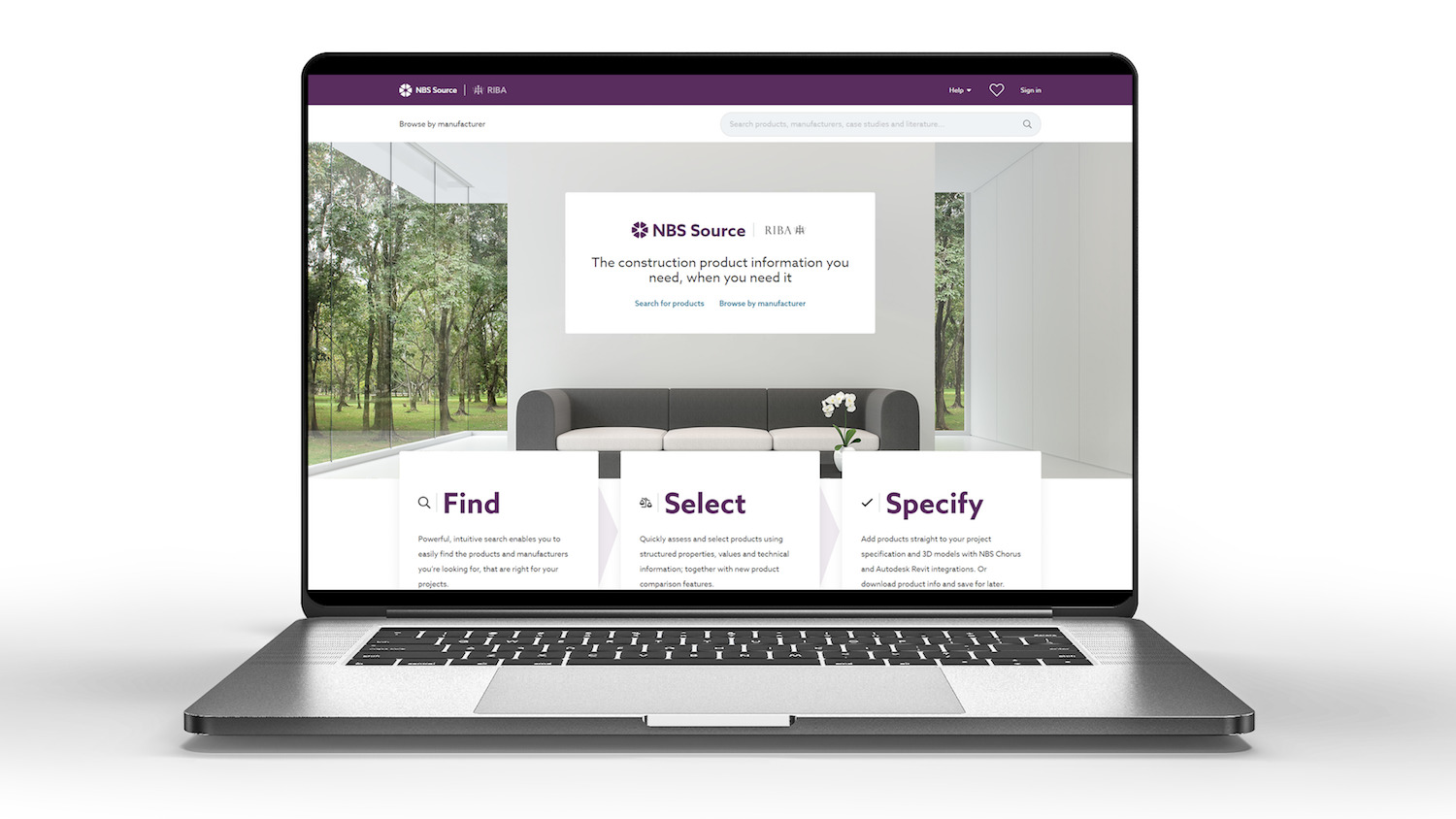
Specifiers want BIM objects to be as widely available as possible, but they don’t want them to be large files.
That’s one of the conclusions arising from the latest What Specifiers Want Report from NBS.
More than two-thirds (69%) of the near-600 respondents agreed that they need BIM objects. They want objects to be of a high quality – rich with data, but not overburdened with unnecessary, complex geometric information that creates unnecessarily large data files.
The groups that most want BIM objects include: respondents aged under 55 (at least 72%), landscape architects (80%), technologists/technicians (76%), and those working in medium and large organisations (at least 72%).
The NBS report quotes several respondents. “If I can find a product that has a CAD or Revit model, it is more likely that I would specify it,” said one architect.
“Provide more BIM objects to be used in a Revit model. I am more likely to specify a product if there’s 3D information available, as it saves me time when modelling,” declared a landscape architect.
“High-quality BIM objects are essential. Many manufacturers produce basic objects to just ‘tick the box’, which are, in reality, useless. The quality of the objects and the ability of these to reflect the full range of options, sizes, variants, etc. is essential to ensure accuracy and higher-quality coordination between different consultants and subcontractors,” said an architectural technologist.
Comments also asked for high-quality BIM files, with the right level of information, that could be used in a range of design packages, as well as Autodesk’s Revit.
Green credentials
Environmental product declarations (EPD) naturally figure highly on specifiers’ wishlists. Almost nine out of 10 specifiers (88%) said that it is important, when deciding whether to specify a product, that there is an EPD for it.
There were lots of requests for more and better data that will help specifiers design and specify sustainably. These include EPDs, but also requests for specific metrics, such as embodied carbon, operational carbon, material sourcing, recycling and reuse.
“We are frustrated at how many manufacturers are unable to supply Environmental Performance Certificates and accurate and detailed embodied carbon information. This makes the task of designing zero-carbon/carbon-negative developments a lot harder than it should be,” said an architect.
“Make the information that you provide completely compatible with all of the elements of BIM, including sustainability, carbon, health and safety, COSHH, etc. Making the work COBie-compliant… will also be of great assistance. Remember that once you do this, the time and effort benefits accrued are available for exploitation by many in the design, build, operate and maintain areas,” said a project and BIM manager.
A total of 591 UK built environment professionals completed the NBS survey. They primarily work in organisations providing design and consultancy services.
Download the report.
Don’t miss out on BIM and digital construction news: sign up to receive the BIMplus newsletter.












